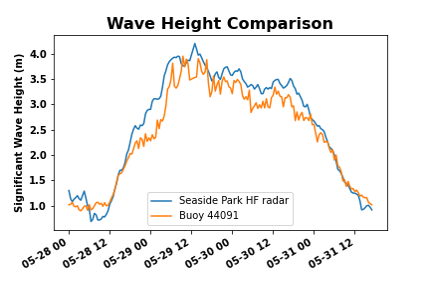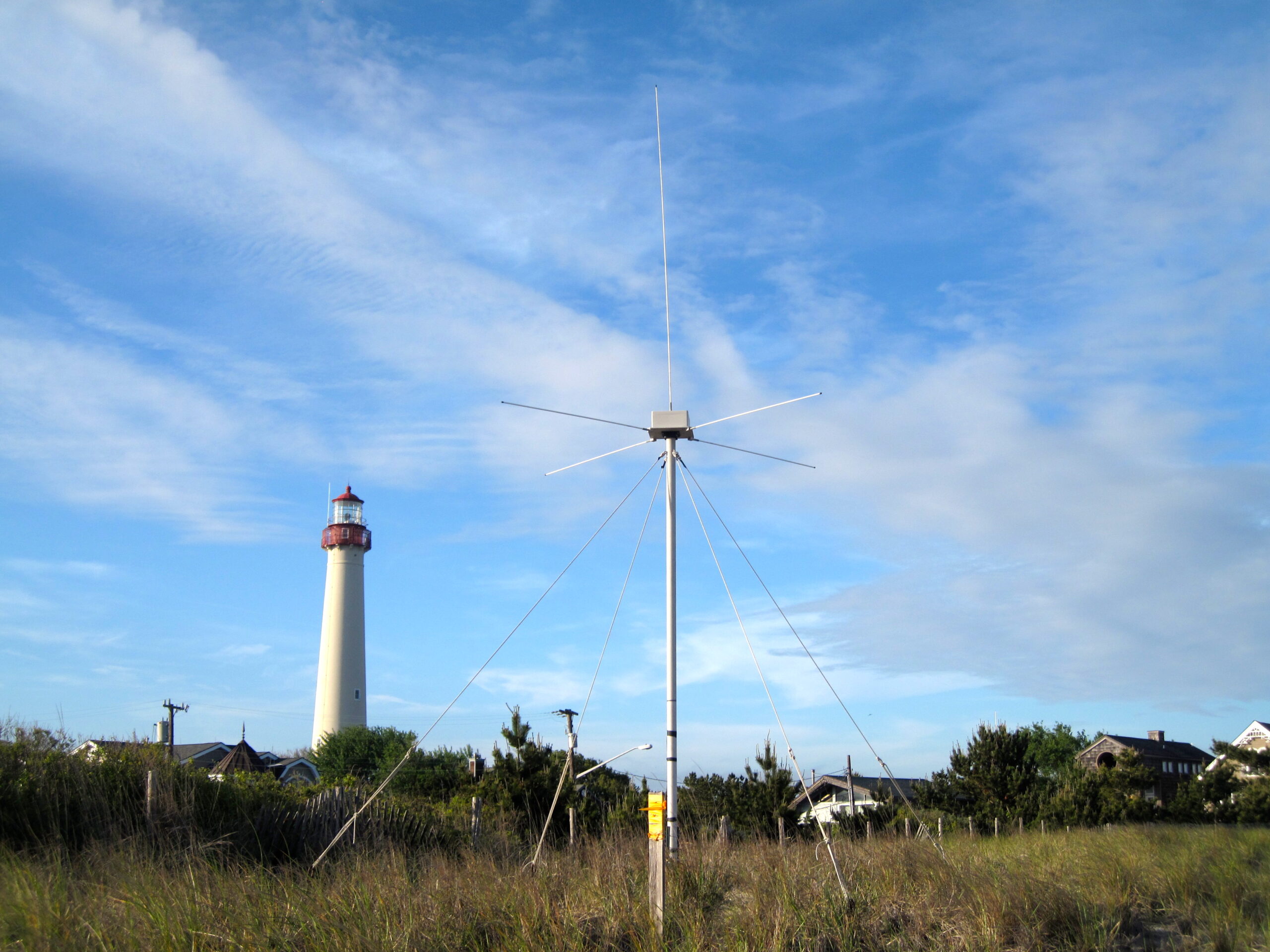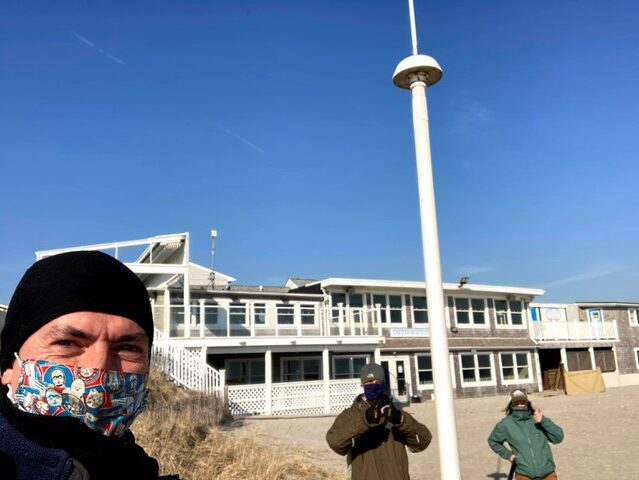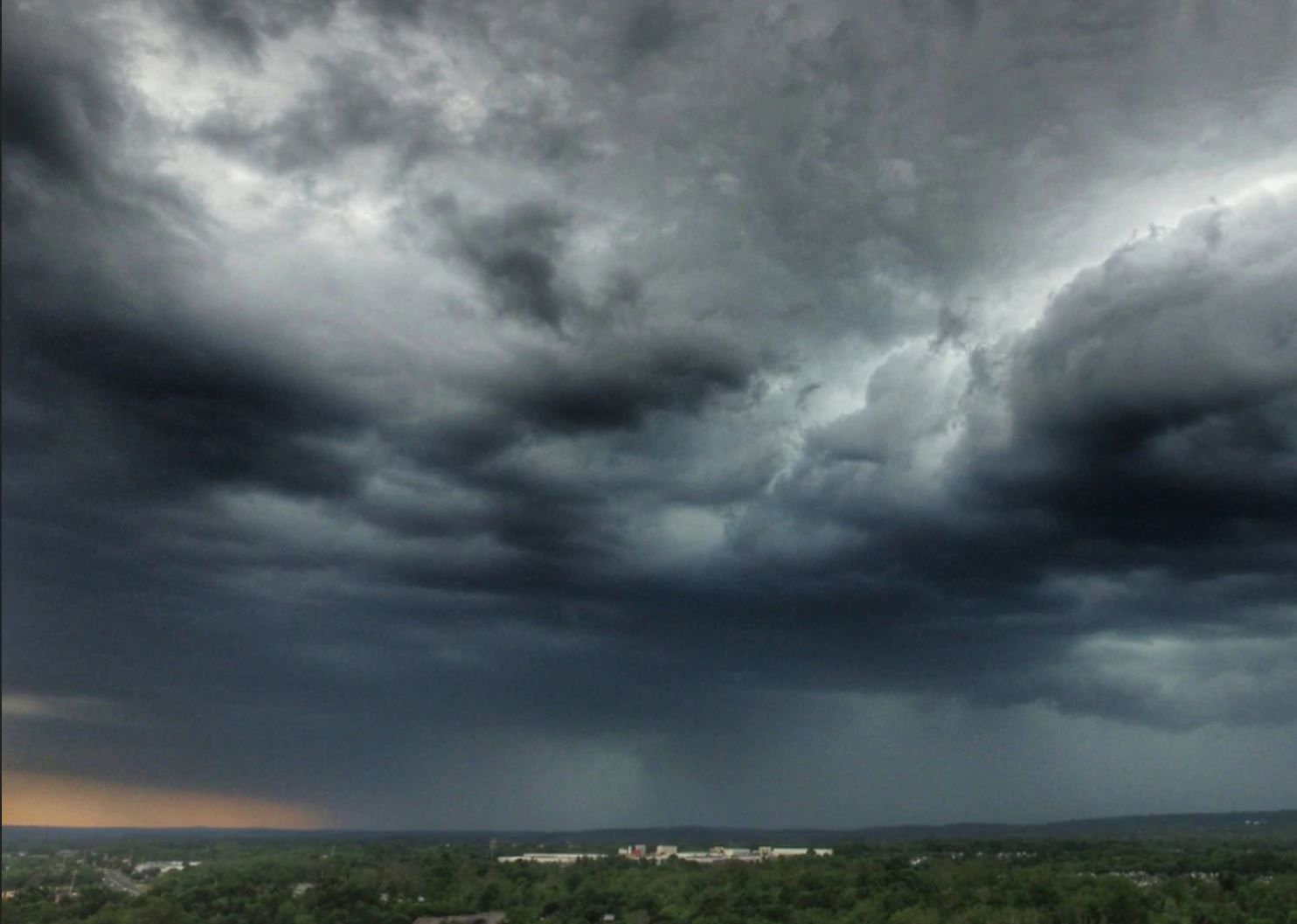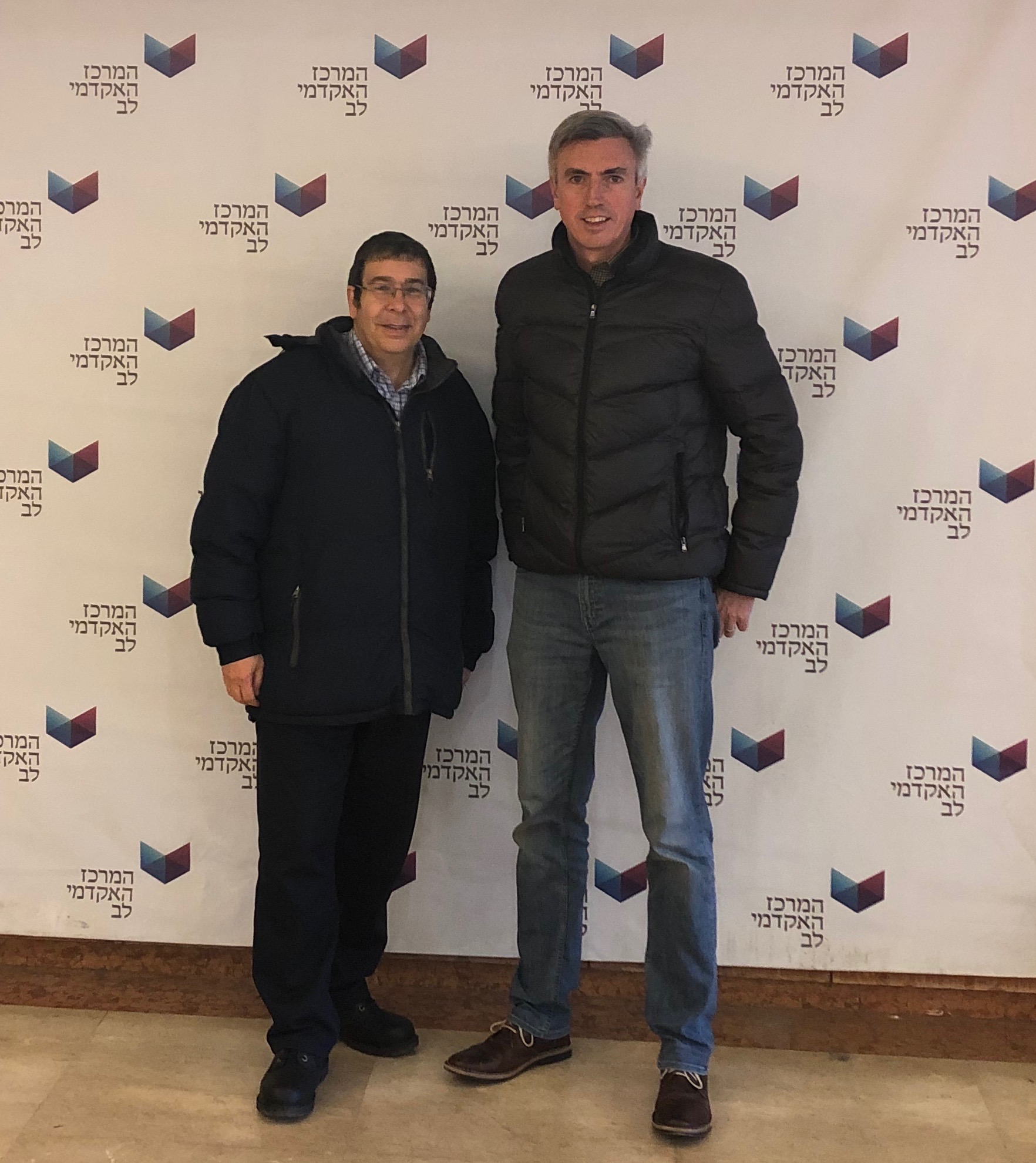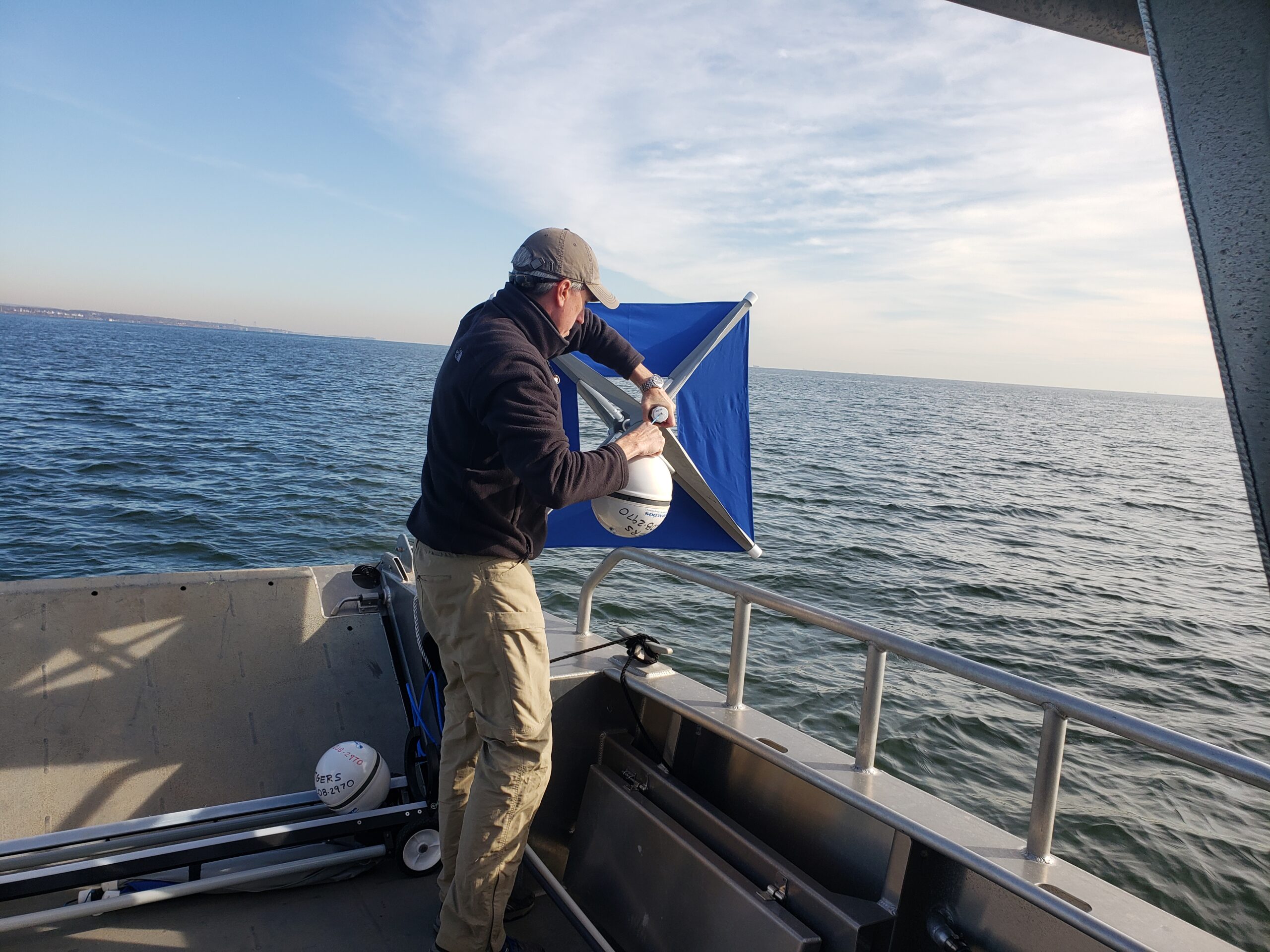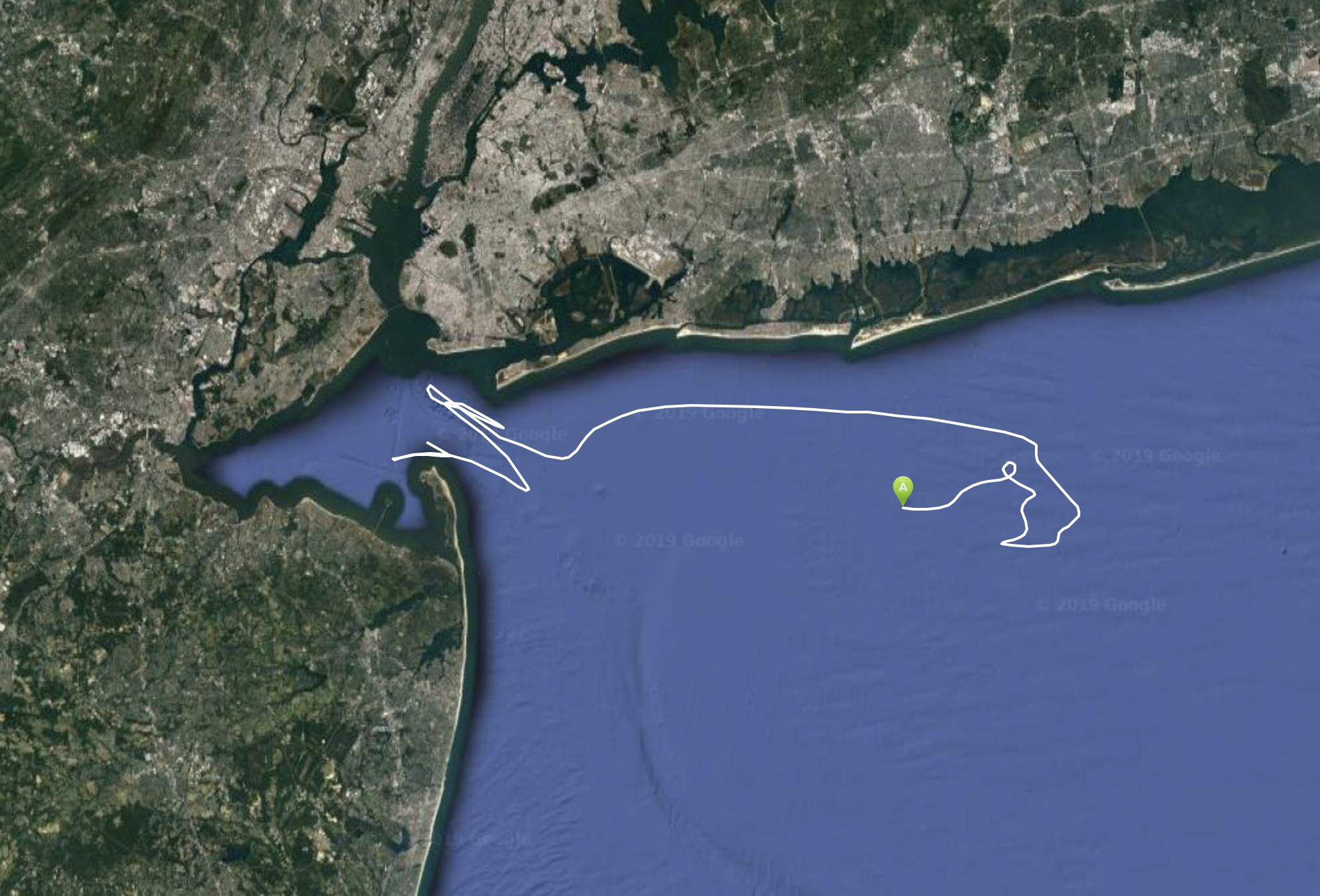Rutgers and MARACOOS are working with NOAA Weather Forecasting Office
National Weather Service Wave Forecasting Rutgers and MARACOOS are working with NOAA Weather Forecasting Office (WFO) Philadelphia to develop wave measurements from High Frequency (HF) radar. The HF radars traditionally…

